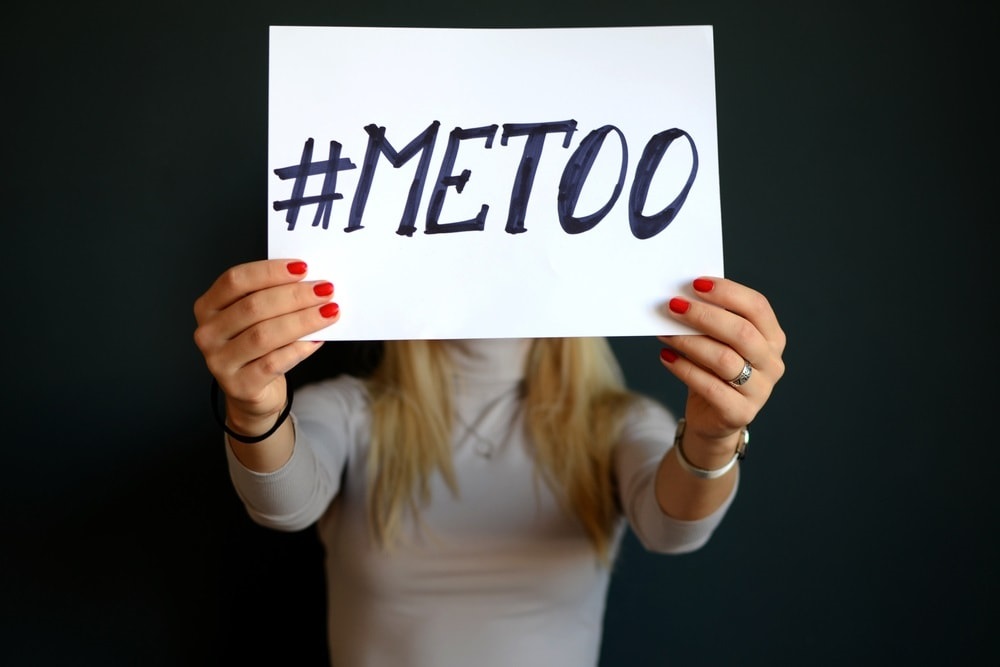
with co-author Douglas Kelly
Every day, a new version of an old story: Misbehavior. PR clean-up. Return to business as usual. Social media is abuzz…
- In full photographic glory, employees sporting an offensive dreadlock wig, buffoon-like transgender garb, inmate outfits and mock prison cells – all from the agency tasked with ensuring the “consistent, independent, impartial and accessible administration of justice” under the California Constitution. No apology as of yet, but the images are pulled down and a “course on diversity/respect” is offered.
- In response to female entrepreneurs and workers coming forward with claims of sexual harassment, bias and abuse of power, CEOs and investors release public, self-effacing, heartfelt apologies. Some resign. Investigations are ongoing.
All these actions make a statement, but do they make change? In a landscape littered with fake news, what’s real?
“Real” happens when we let go of the performance and commit to doing better. LinkedIn CEO Reid Hoffman is correct to say we should be proud of companies that are genuinely trying to tackle this problem, and we should be outraged at companies, including those in the tech industry, that aren’t.
So how do we create real change? Training is an essential part of the answer. As an attorney and educator, I’ve seen employees engage in harassment and microaggressions not because they’re inherently corrupt or bad people, but because they don’t understand the impact of their words and actions.
The 2017 Atlassian State of Diversity survey shows that most companies have a diversity program (good), but they are only visible to approximately half of employees (not good). Even then, only half of workers believe their workplace needs improvement in diversity and inclusion (really not good).
To be sure, certain kinds of sexual harassment and diversity trainings have been shown to be ineffective and even counterproductive. I’m not talking about that training. I’m talking about smart training, done right. Training that is tracked. Training that is reinforced. Tools that gather data. (With data, improvement is clear and gaps be can be addressed.)
At EVERFI, we conduct an annual survey of our 2,000 corporate compliance customers. Fully 78 percent of respondents affirmatively assert value in diversity training, yet fewer than 50 percent are actually doing that training. One problem may be lack of expertise. Only 26 percent of respondents said they would NOT benefit from guidance on these trainings – that’s a lot of organizations showing a lack of confidence in the sufficiency of their internal resources where this topic is concerned. This is not surprising. These are complex issues, and it’s hard to get it right.
Research consistently shows training can increase understanding of what conduct is inappropriate. This is a good first step, but there’s so much more potential. With thoughtful, evidence-based instructional design, training changes attitudes and behaviors as well as teaching skills employees use daily. Good training influences culture. EEOC research supports two compelling approaches:
Workplace Civility. Disrespectful, derisive and otherwise toxic workplaces have been found to be precursors to harassment, bias and abuse. Belittling others, playing mind games and sabotaging co-workers aren’t always unlawful behaviors, but they are damaging. Teaching employees strategies for working respectfully with each other, regardless of background, is effective.
Workplace civility is a crucial aspect of good diversity and inclusion training. Regardless of your background or whether your classification protects you under the law, you should be heard, treated fairly and respected.
Bystander Intervention. This training is used by colleges and high schools to prevent sexual assault through awareness and by empowering people to intervene. Evidence shows that it’s working. It seeks to change social norms by making everyone feel collectively responsible for their actions and role in their community. Bystander intervention strategies can be imported into the corporate setting to create healthy workplaces and improve organizational culture.
Commitment is critical. It’s important that an organization isn’t training just to meet a law, prevent legal exposure or perform for the media. Employees should be trained because the company wants to do well while doing good. In a competitive business world, doing well means engaging the power of diversity to bring innovation and other business benefits; doing good includes helping employees have equal access to exciting opportunities.
Training cannot exist in a vacuum. Its real effectiveness requires a holistic effort that involves leadership, accountability, repetition and time. This is especially true for effective diversity programs – they require relentless dedication by leadership and management, accountability, sometimes significant operational changes and ongoing evaluation via climate surveys or other data gathering.
Back to recent headlines… The NAACP is requesting an apology from the California Judicial Counsel, and they should get it. Apologies are generally, though sometimes begrudgingly, forthcoming from organizations that have been called out for bad behavior. But next time we read a news story about a lack of diversity or allegations of harassment, we need to revisit what we want.
Personally, I don’t want just an apology or a check-the-box “training” – I want a commitment to learning from our mistakes. To doing best-in-breed training that creates real cultural change.
How about you?
Published by Conselium Executive Search, the global leader in compliance search.

